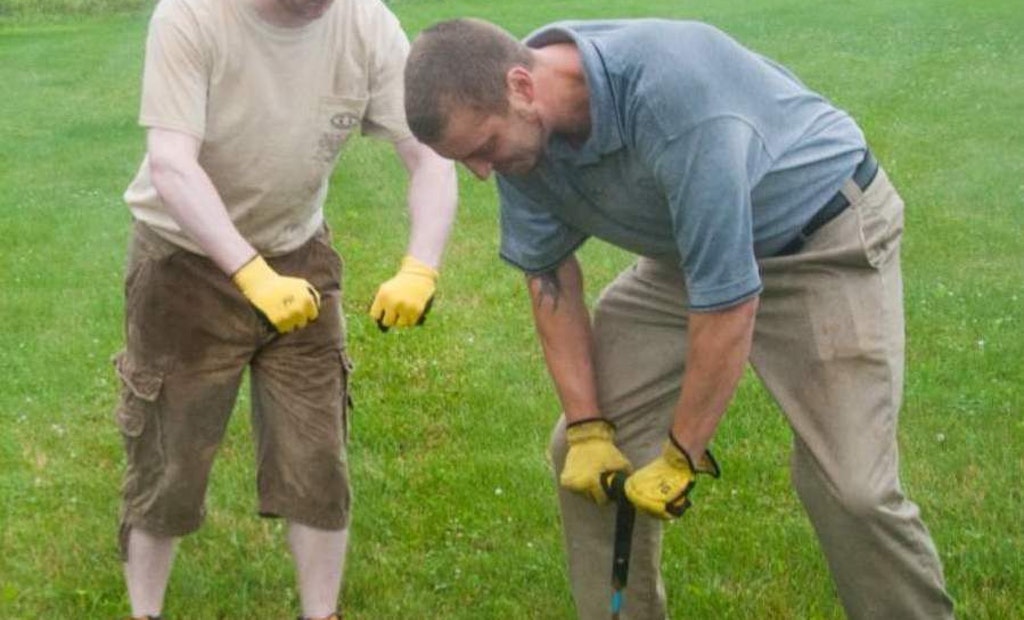Interested in Onsite Systems?
Get Onsite Systems articles, news and videos right in your inbox! Sign up now.
Onsite Systems + Get AlertsIn a recent article titled "How to Troubleshoot Drainfields and Yards," we went over some of the most common diagnoses for drainfield problems, touching on some issues with distribution boxes and dropboxes. In this article, I'll cover some of the other ways you can troubleshoot a drainfield.
First, the area over and around the soil treatment area should be evaluated to determine the potential for extra water being added to the system through surface runoff from hard or impermeable surfaces. This includes roof runoff delivered through downspouts and from a driveway or paved paths.
If there is a basement drainage system served by a sump pump delivering foundation water to the surface, make sure it is draining or routed away from the soil treatment area. As stated previously, any extra water can have a large impact on how well the system functions.
The general appearance of the land over and near the drainfield trenches can also be an indicator that part of the problem is due to extra water flooding out the system. If there is a depression that runs through the area from offsite, it could be acting as a drainageway, delivering water to the area. This could be the result of installing the trenches across the drainageway or a result of some landscaping changes made by the homeowner. Regardless, the water needs to be intercepted and routed away. Grading a berm or surface diversion may be enough to solve this issue or it may also require installation of a tile drain above the system.
If the location of the trenches is easy to determine because the soil over the top has settled (resulting in a slight depression over the trenches), recognize that during rainstorms a lot of water can be stored in the depression, which adds unnecessary water to the system. In a 1-inch depression over a 100-foot-long trench, 186 gallons of water can be stored — more than enough to cause problems if the system is operating near capacity. The solution is to add enough fill over the top of the trenches to remove the depression.
Another potential problem is when a system is installed too deep and intercepts seasonal groundwater. The seepage trench then acts just like drainage tile, intercepting the water flooding out of the trench. To identify this as a possibility, the soil in the area of the trenches needs to be evaluated for the presence of soil saturation indicators. Having some soil training to recognize these features and how to interpret them is an important skill to develop. The solution to this problem could be installation of a subsurface drain, or it may be necessary to replace the soil treatment unit.
On the topic of interceptor drains — if you are in an area where these systems have been installed — the outlet to the interceptor drain may be plugged, backing water up and interfering with the system. The drain must be cleaned and opened with free drainage allowed. Prolonged submergence due to a drain backup can permanently damage the drainfield, resulting in the need to replace the system.
Where I live, another drainage problem to be aware of is that some systems were designed under the assumption that agricultural drainage tile installed in the area adequately drained the soil for installation of a sewage system. This is not accurate, and in fact if the lines are intercepted during installation, they will continue to act as drains, delivering water to the system or intercepting the sewage effluent and delivering it untreated to nearby surface waters.
About the author: Jim Anderson is connected with the University of Minnesota onsite wastewater treatment program and is an emeritus professor in the university’s Department of Soil, Water and Climate. Send him questions about septic system maintenance and operation by sending an email to kim.peterson@colepublishing.com.






